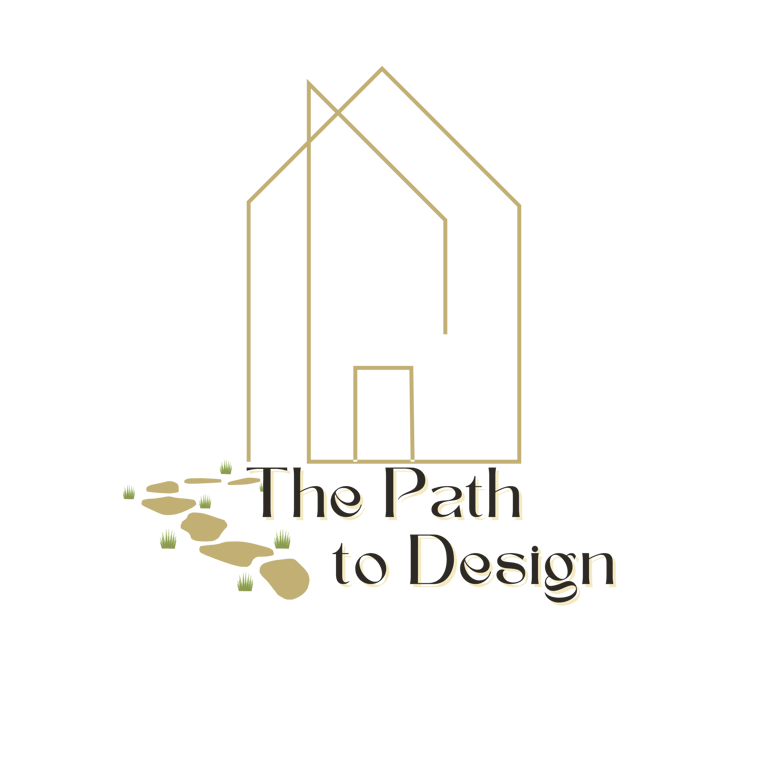Embrace Biophilic Design for a Healthier, Happier Home
Imagine walking into your home and feeling calm and connected to nature. Biophilic interior design makes this possible. It brings the natural world into your living space.
Natasha Del Brocco
7/16/2025
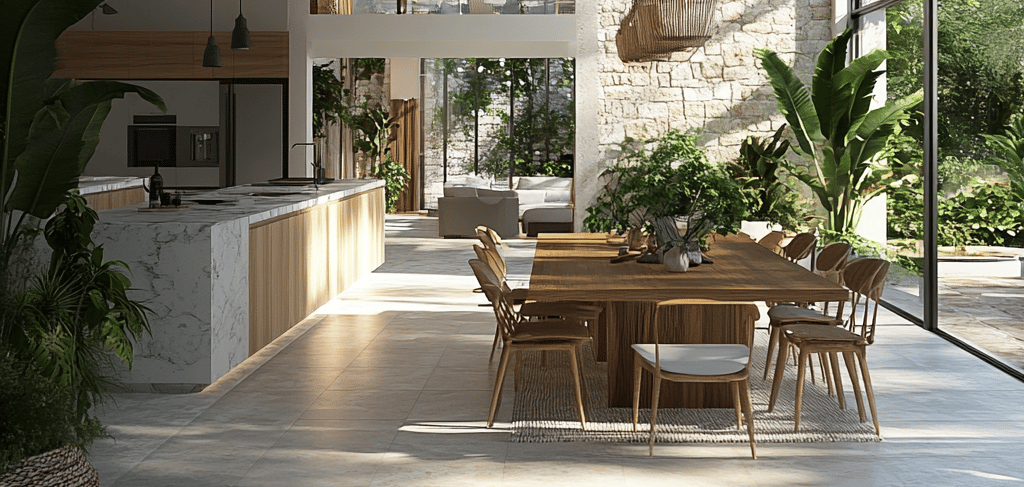

Maybe, just like me, you’ve always felt a deep connection to nature—a place where you find calm, inspiration, and clarity. In this post, I’ll show you how to bring those same feelings into your home through simple, thoughtful design choices, so you can enjoy the benefits of nature every single day.
As an interior designer, that connection naturally finds its way into every project I take on. I believe that bringing nature indoors isn’t just beautiful—it’s essential.
Biophilia is the innate and instinctive affinity that humans have for the natural world. Coined by biologist E.O. Wilson, the term "biophilia" literally means "love of life" or "love of living things." It reflects the idea that humans have an inherent connection and attraction to nature, which has evolved over thousands of years as our species adapted to natural environments.
Biophilia suggests that, due to our evolutionary history, we are more likely to thrive in environments that incorporate elements of nature. This concept has been applied in various fields, including architecture, design, and psychology, leading to the development of biophilic design. In design, biophilia aims to bring nature into the built environment, creating spaces that enhance well-being, productivity, and overall quality of life by tapping into our natural affinity for the living world.
The Science-Backed Benefits of Biophilic Interior Design
1. Neurological & Psychological Benefits
Stress Reduction: Exposure to natural elements, such as views of greenery, natural light, or flowing water—lowers cortisol (the stress hormone) and activates the parasympathetic nervous system, promoting relaxation.
Mood Enhancement: Nature-based interiors can trigger the release of dopamine and serotonin, leading to improved mood and reduced symptoms of anxiety and depression.
Attention Restoration Theory (ART): According to ART, natural environments help restore our ability to concentrate and focus after mental fatigue. Even short exposures to greenery or natural textures can help improve cognitive function and creativity.
2. Improved Air Quality and Physical Health
Plants Purify Air: Certain indoor plants absorb pollutants (like formaldehyde or benzene) and release oxygen, improving indoor air quality.
Natural Ventilation and Humidity Control: Open windows, indoor plants, and materials like clay or wood help balance humidity and enhance ventilation, reducing risks of respiratory issues and skin dryness.
Circadian Regulation: Natural lighting or circadian-friendly lighting systems help regulate our biological clock, leading to better sleep, hormone balance, and overall health.
3. Cognitive and Performance Benefits
Increased Productivity: Studies show that people working in offices with natural elements (plants, wood, daylight) perform better, focus longer, and report higher job satisfaction.
Better Learning and Memory: In educational or home-study settings, biophilic design supports memory retention and reduces cognitive fatigue.
4. Social and Emotional Connection
Sense of Belonging and Comfort: Natural materials and biophilic elements create spaces that feel more human, grounded, and emotionally supportive.
Encourages Mindfulness and Slower Living: Biophilic environments often inspire calm, presence, and slower, more intentional living—countering overstimulation from technology and urban stress.
5. Sustainability and Environmental Awareness
Promotes Eco-Conscious Behavior: Living in nature-connected spaces can foster greater respect for the environment and encourage sustainable practices at home.
Reduced Energy Use: Design strategies that bring in natural light and ventilation can also reduce reliance on artificial lighting, heating, and cooling.
Supporting Research Highlights
A study by Terrapin Bright Green found that biophilic design can increase productivity by up to 15%, reduce absenteeism at work, and improve overall well-being.
Harvard T.H. Chan School of Public Health demonstrated that green-certified buildings are linked to higher cognitive function scores among occupants.
A NASA Clean Air Study identified specific indoor plants (like snake plants, spider plants, and peace lilies) that significantly improve indoor air quality.
Summary: How Biophilic Design Improves Indoor Life
Reduces stress and anxiety
Enhances mood, sleep, and mental clarity
Improves air quality and physical comfort
Boosts productivity and cognitive performance
Encourages sustainability and emotional connection to space
Here are several ways to integrate nature into interior design:
Use of Natural Materials and Organic elements creates a sense of warmth and authenticity in interior spaces.
Incorporate natural materials such as wood, stone, bamboo, and cork for flooring, furniture, and decor.
Organic Ceramic Vases that can be used to decorate a variety of settings. They can also stand alone as independent beautiful elements of decor.
Choose furniture and finishes with visible grain patterns and textures inspired by nature.
Indoor Plants: Incorporating plants and greenery into interior spaces is a fundamental aspect of nature-based design. Plants not only add visual appeal but also improve air quality and create a connection to the natural world.
Introduce a variety of indoor plants to add greenery and improve air quality.
Use planters and hanging pots to bring nature into different areas of the interior.
Best Plant Stands with grow lights
Natural Light in a space is crucial:
Maximize natural light by using large windows, skylights, and glass doors that allow daylight to penetrate the interior and contribute to a more open and inviting atmosphere.
Use light-filtering window treatments to allow natural light while maintaining privacy.
Views of Nature:
Orient spaces to take advantage of scenic views, whether it's a garden, park, or other natural landscape.
Arrange seating areas to face windows with pleasant outdoor views.
Biophilic Patterns and Artwork help bring the outdoors inside.
Incorporate patterns, artwork, or murals inspired by nature, such as botanical prints or landscape scenes.
Use natural motifs like leaves, branches, or water elements in textiles and wall coverings.
Water Features: can have a calming effect and further connect the interior space to natural environments.:
Consider incorporating water features like indoor fountains or aquariums for a calming effect.
Choose materials and colors that evoke a sense of water, such as cool blues and greens.
Color Palette: Choosing a color palette inspired by nature can contribute to a calming and balanced atmosphere.
Use a color palette that includes earth tones, greens, blues, and neutral shades.
Consider the psychological impact of color, aiming for calming and grounding hues.
Natural Shapes and Forms: such as organic curves and irregular patterns, can add a sense of fluidity and mimic the randomness found in nature.
Integrate organic shapes and forms in furniture and decor, moving away from rigid, straight lines.
Choose curvilinear and asymmetrical designs to mimic natural forms.
Natural Textures:
Include a variety of textures reminiscent of nature, such as rough stone, smooth wood, or soft fabrics.
Incorporate rugs and textiles with natural fibers like wool or jute.
Outdoor-inspired Furniture:
Choose furniture designs that are reminiscent of outdoor elements, like chairs with a leafy pattern or tables inspired by tree trunks.
Consider furniture made from sustainable materials.
Green Walls and Vertical Gardens:
Install green walls or vertical gardens with cascading plants to create a visually striking and immersive natural element.
Amazing Vertical Garden for your Home
The goal of nature-based interior design is to create spaces that support human well-being, reduce stress, and enhance overall quality of life by fostering a strong connection to the natural world. This approach is particularly relevant in urban environments where people may have limited access to outdoor spaces.
Getting Started: Assessing Your Space for Biophilic Potential
Biophilic design planning begins with checking your home's natural light and elements. To make a space that boosts your well-being, you must know what you have.
Evaluating Natural Light Sources
Natural light is key in biophilic design. Start by watching how light flows through your home at different times. Mark the windows that get the most sunlight and think about how to use it better. You might use mirrors or reflective surfaces to spread light into shadowy spots.
Identifying Opportunities for Natural Elements
Walk through your home to find spots for natural elements. This could be adding plants, using natural materials like wood or stone, or setting up a water feature. Think about how each element can connect you more to nature.
Creating a Biophilic Design Plan
Now, make a plan with what you've found. Start with a room-by-room checklist:
Room-by-Room Assessment Checklist
Find the natural light sources in each room.
Make a list of spots for natural elements.
Think about the room's purpose and how biophilic design can improve it.
Setting Priorities and Timeline
After your checklist, decide what's most important and doable. Plan out your biophilic design project, starting with the biggest changes first.
By following these steps, you'll be on your way to a home that's not just pretty but also good for your health and happiness.
Transforming Your Living Room with Biophilic Design
Biophilic design in the living room is more than a trend. It's a way to bring nature indoors. By adding elements of nature, you can make a space that's not only beautiful but also good for your health.
Furniture Selection and Arrangement
The furniture you pick is key in biophilic living room design. Choose pieces made from natural materials like wood, rattan, or bamboo. These materials add warmth and texture, making your space cozy.
Choosing Natural Materials and Organic Forms
Look for furniture with organic shapes that remind you of nature. For example, a wooden coffee table with a live edge or a sofa with natural curves can bring a biophilic feel to your room.
Creating Flow and Connection to Outdoors
Arrange your furniture to link indoors to outdoors. Place seating near windows to get more natural light and views of your garden or landscape.
Incorporating Plants and Natural Elements
Indoor plants are essential in biophilic design. They clean the air and add greenery to your space.
Best Indoor Plants for Different Light Conditions
For low-light, choose Snake Plants or Pothos.
For bright, indirect light, Peace Lilies or Dracaena are great.
For direct sunlight, Succulents or Cacti do well.
Creative Display Methods and Plant Care Basics
Use creative ways to display plants like hanging planters or terrariums. Remember to follow basic plant care tips to keep your plants healthy.
Creating Visual Connections to Nature
Visual connections to nature can also improve your biophilic living room.
Window Treatments that Maximize Views
Use sheer curtains or blinds to control light while keeping a view of the outdoors.
Nature-Inspired Art and Decor
Add nature-inspired art like landscape paintings or nature photography. Use decorative elements like shells, pebbles, or driftwood to add texture and interest.
One of my favorite Nature-Inspired Artwork
Biophilic Design for Bedrooms and Workspaces
Turning your bedroom and workspace into biophilic spaces can greatly improve your health and work performance. Adding natural elements to these areas can lead to better sleep, sharper focus, and better health.
Creating Restorative Sleep Environments
A well-designed bedroom is a place for rest and calm. To make it restful, use natural materials and elements that bring peace.
Natural Bedding Materials and Textures
Opt for bedding from natural fibers like cotton, linen, or bamboo. These are not only soft but also let air through, helping you sleep better.
Bedding Brand for a restful and soothing sleep
Optimizing Light and Air Quality for Better Sleep
Make sure your bedroom has good air flow. Use blackout curtains or shades to control light. This helps your body's clock and improves sleep.
Designing Nature-Inspired Home Offices
A biophilic home office boosts your work and creativity. Start by placing your desk where it gets natural light and views.
Positioning Desks for Natural Light and Views
Put your desk by a window for natural light. If you can, face it towards nature. This reduces stress and helps you focus.
Incorporating Plants and Natural Elements for Focus
Add plants like snake plants or spider plants to your office. They clean the air and help you concentrate.
Balancing Technology with Natural Elements
In today's world, screens can be a big distraction. Mixing technology with nature can lessen its negative effects.
Creating Tech-Free Nature Zones
Make areas in your home tech-free for relaxation and nature connection. This could be a reading spot or a meditation area with plants.
Using Biophilic Elements to Reduce Screen Fatigue
Add biophilic elements like a living wall or nature-inspired art to your workspace. This reduces eye strain and makes your space more welcoming.
Kitchen and Bathroom Biophilic Transformations
By using biophilic design in your kitchen and bathroom, you make them both beautiful and healthy. These spaces can become wellness oases, improving your life quality.
Water Features and Natural Materials
Adding water features and natural materials to your kitchen and bathroom boosts their biophilic appeal. Choose sustainable materials for countertops and cabinets.
Sustainable Countertop and Cabinet Options
Materials like reclaimed wood, bamboo, or granite are great. They add a natural feel and are eco-friendly. For example, granite countertops bring the outdoors in with their patterns and tones.
Incorporating Stone, Wood, and Living Elements
Stone and wood are perfect for a biophilic kitchen or bathroom. Adding living elements, like a green wall or fresh branches, enhances the natural feel.
Herb Gardens and Edible Elements
Adding herb gardens and edible elements to your kitchen adds a biophilic touch. It also gives you fresh ingredients for cooking. Consider a kitchen herb wall or growing plants indoors.
Setting Up a Kitchen Herb Wall
A kitchen herb wall is both beautiful and useful. Use a vertical planter or trellis to grow herbs. Make sure they get enough light and care.
Edible Plants That Thrive Indoors
Plants like basil, mint, and cherry tomatoes do well indoors. Pick varieties that fit your kitchen's light. Enjoy having fresh produce right at your fingertips.
Creating Spa-Like Bathroom Experiences
Biophilic design can make your bathroom a spa-like retreat. Add elements that promote relaxation and connect you to nature.
Shower Plants and Humidity-Loving Species
Plants like ferns and orchids love humidity and thrive in bathrooms. Hang them from the ceiling or on a shelf. This creates a lush, spa-like feel.
Natural Ventilation and Light Solutions
Maximizing natural light and ventilation makes your bathroom feel more biophilic. Install skylights or larger windows for more light and air.
By blending design with nature’s patterns and processes, biophilic interiors help us feel more grounded, healthy, and inspired—especially in indoor environments where we spend the majority of our time.
If you need guidance, ideas, or a professional eye, I’m always here to support you. Don’t hesitate to reach out—I’d love to help you create a home that feels as good as it looks. 🌿
Want to keep learning?
👉Check out other blog posts in The Design Blog,
📥 Ready to take it further? Download one of our free e-books packed with design tips and practical checklists to help you love your home even more.
💌 Subscribe to The PTD Newsletter for weekly inspiration, product finds, and DIY ideas to make your space shine.
💬 Have questions or want to share your latest project? Leave a comment or tag us on social media—we love seeing what you create!
Happy decorating!
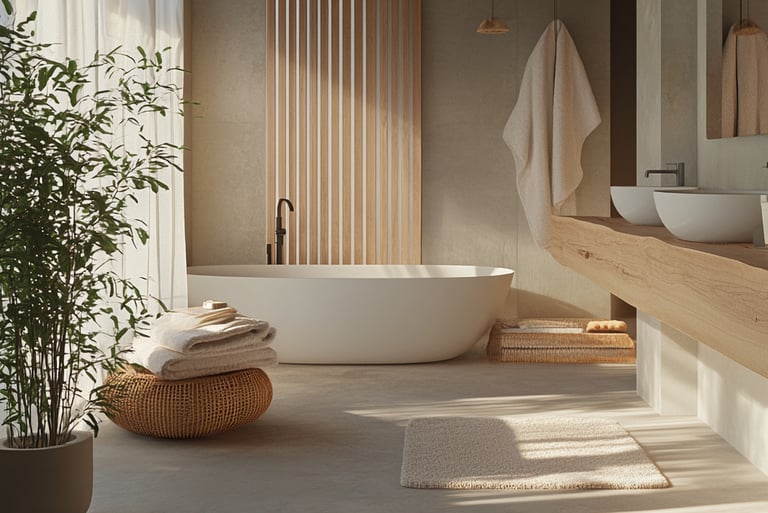

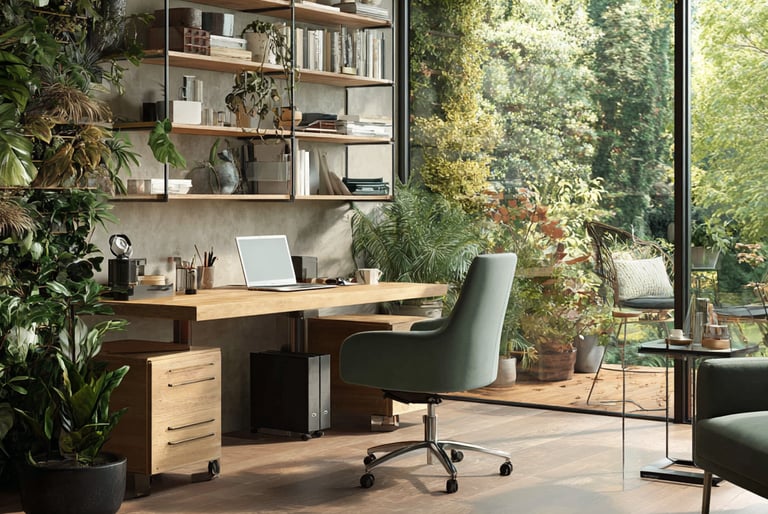

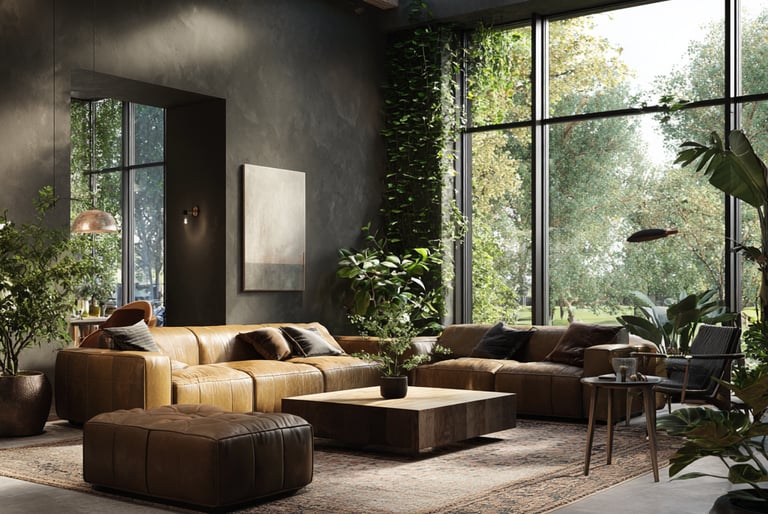

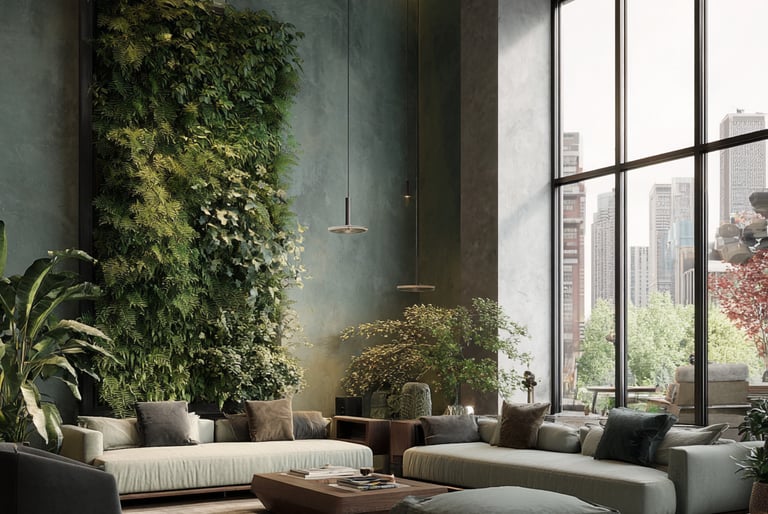

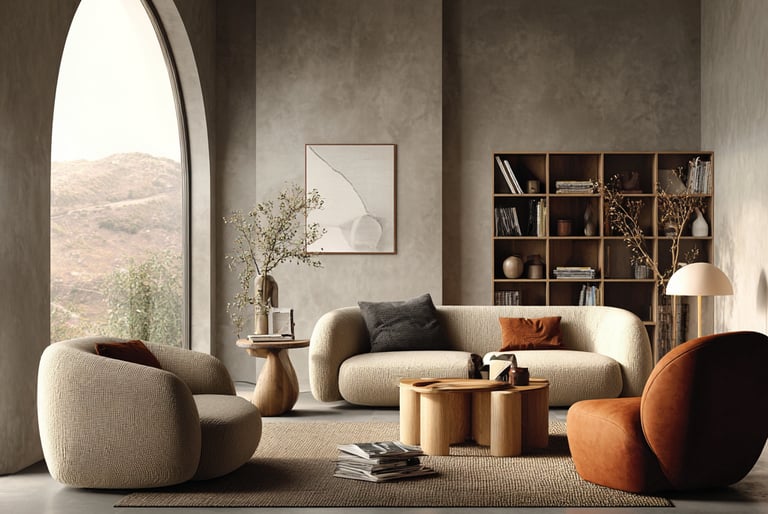

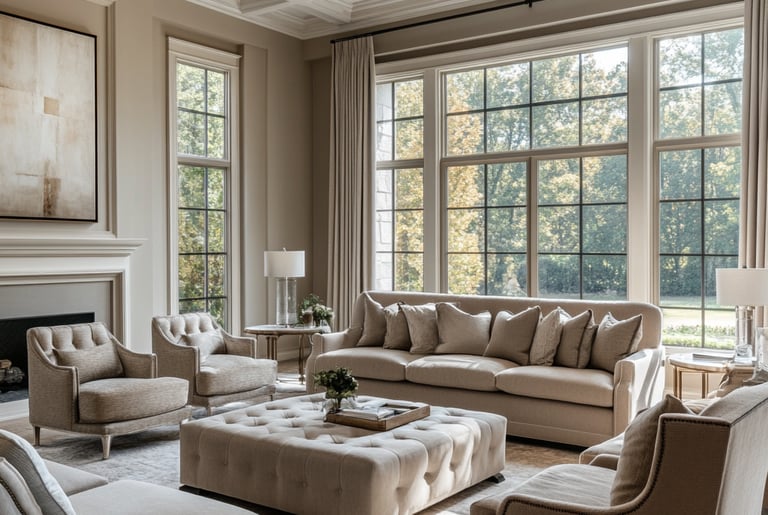

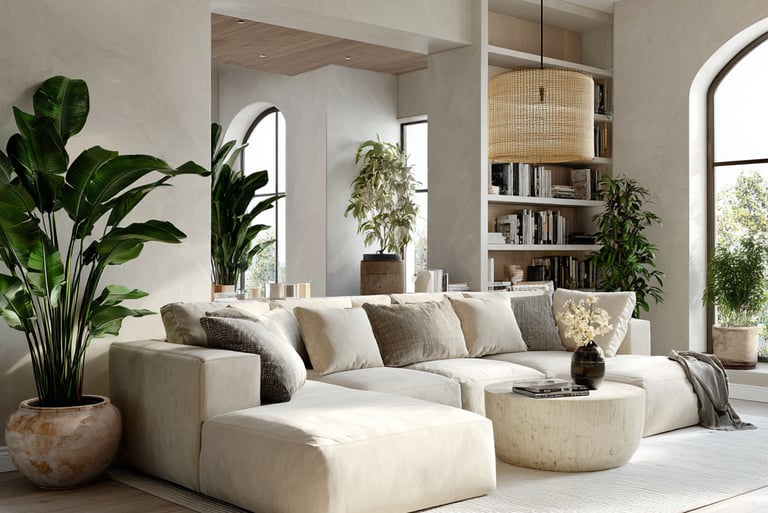

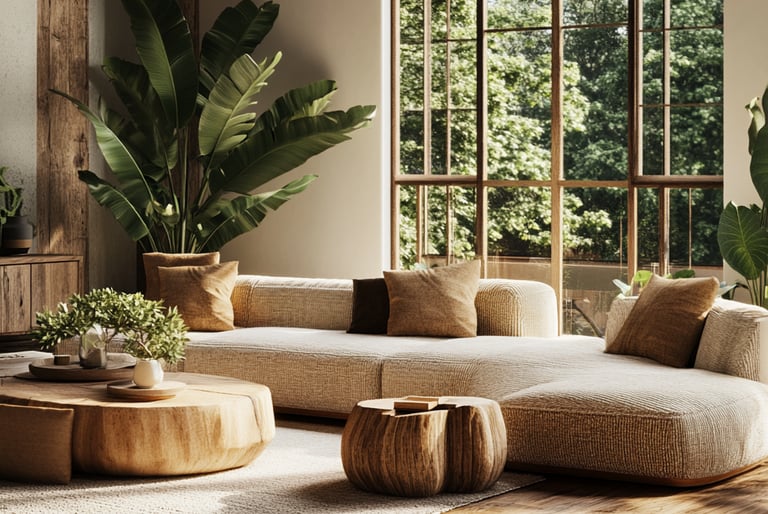



I am Natasha Del Brocco, interior designer, founder of HomeValley Interiors & of ‘The Path to Design" Hub. I am passionate about creating homes that Feel as good as they look. With a love for Nature, Art, and Animals, I help home lovers like you design beautiful, functional, and pet-friendly spaces that reflect who you are. Through my blog and eBooks, I share expert advice, smart solutions and inspiring ideas to help you fall in love with your home all over again.
Disclaimer: This site includes affiliate links that may earn me a commission at no additional cost to you. I only recommend products I truly believe in and that can make your home more beautiful and functional.

What I Do
natasha@thepathtodesign.com
Join my Email List for Inspirational & Strategic Newsletters
Who I Am
